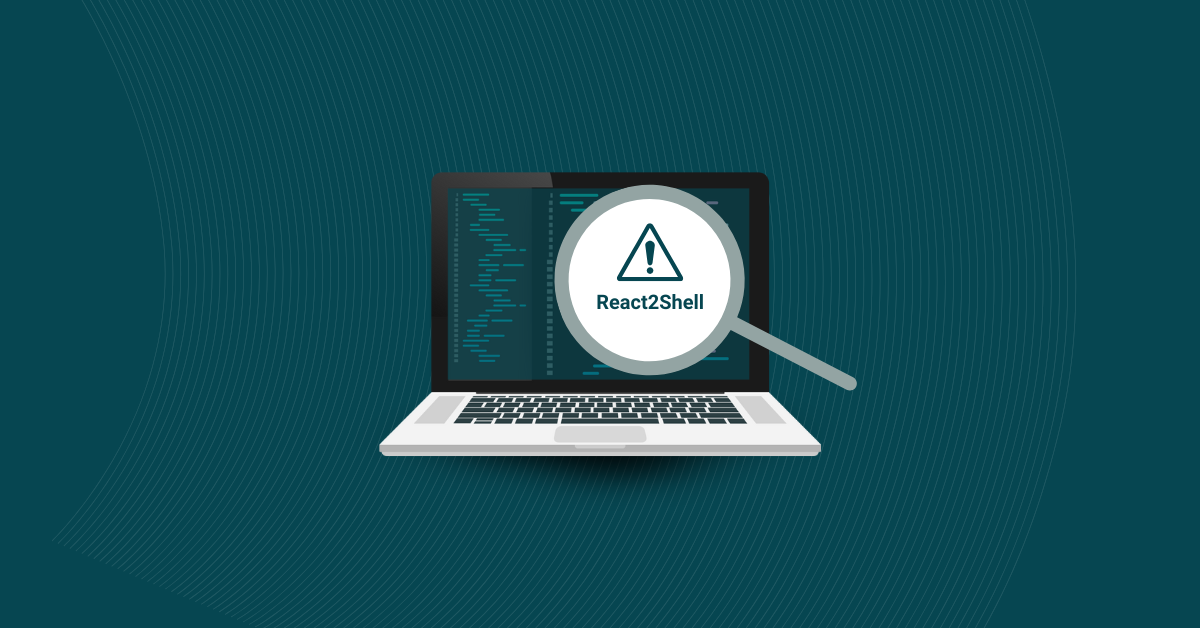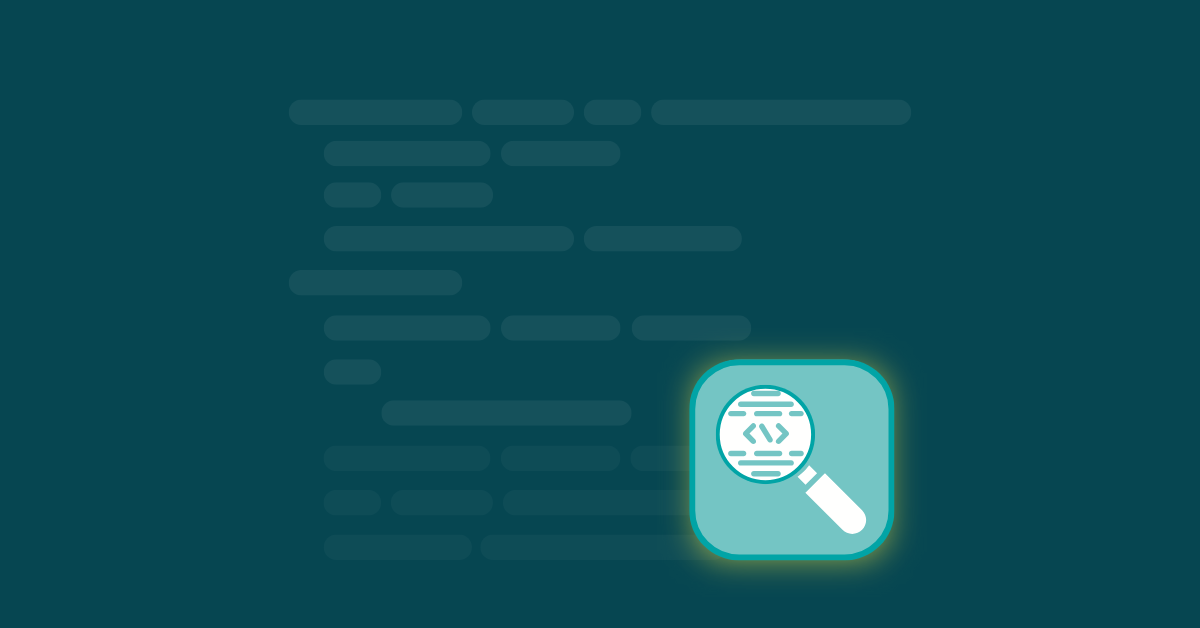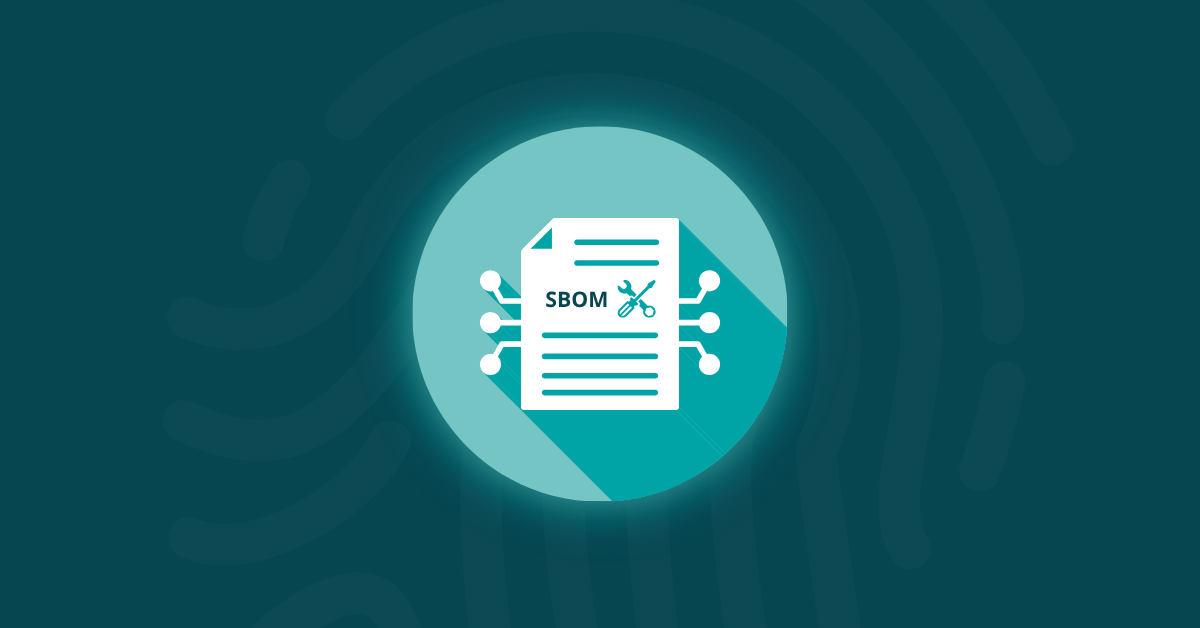Ransomware attacks are among the most devastating cyber threats today, with the average cost of an incident in 2024 nearing $3 million. Organizations often face months of recovery; in severe cases, the financial impact can reach billions. For example, UnitedHealth Group (UHG) anticipates incurring between $2.3 billion and $2.45 billion in costs related to a February 2024 ransomware attack, following a previous attack that cost them over $1 billion.
Ransomware 101: What is Ransomware?
Ransomware is a type of malware that blocks access to a user’s data or system and demands payment to restore it. Typically, this is achieved through encryption, where strong cryptographic algorithms make files inaccessible without a corresponding decryption key. Attackers hold this key hostage, demanding a ransom in exchange for its release.
Ransomware attacks generally follow a three-stage process:
- Infection: Ransomware infiltrates a system, often through phishing emails with malicious attachments or links, drive-by downloads from compromised websites, or exploiting software vulnerabilities. Ransomware-as-a-Service (RaaS) operations have made it easier for less technically skilled attackers to deploy ransomware, contributing to its proliferation.
- Encryption: Once inside, the ransomware identifies valuable files and encrypts them, rendering them unusable. This often involves deleting the original files to further complicate recovery efforts. A unique decryption key is generated, which only the attackers possess.
- Ransom demand: A ransom note appears, demanding payment, typically in cryptocurrency, in exchange for the decryption key. The note often includes a deadline and threatens consequences like increased ransom demands, permanent data deletion, or public disclosure of sensitive information if the victim doesn’t comply.
Notable Ransomware Families
Ransomware can be categorized into families that share common traits. Some of the most notable include:
- Conti: Known for targeting major organizations, particularly in healthcare and critical infrastructure, Conti uses a double extortion method—locking data and threatening to leak it if the ransom isn’t met.
- Ryuk: Infamous for attacking enterprise environments and demanding substantial ransoms, Ryuk spreads through phishing emails and exploits network security vulnerabilities.
- Maze: Famous for its dual extortion tactics, Maze encrypts files and steals sensitive data, threatening exposure if ransoms aren’t paid.
- REvil: Operating under a RaaS model, REvil targets sectors like retail and technology, employing double extortion tactics.
- DarkSide: Notorious for the 2021 Colonial Pipeline attack, DarkSide also uses a RaaS model and conducts in-depth reconnaissance before the attack.
Ransomware in 2024: Latest Trends and Insights
Ransomware has evolved significantly, with attackers refining their methods and targeting new vulnerabilities. Key trends in 2024 include:
- Exploitation of Software Vulnerabilities: Attackers aggressively target known and zero-day vulnerabilities in public-facing applications. The rise of groups like Snakefly, which breached over 2,500 organizations through zero-day exploits, highlights this trend.
- RaaS Dominance: Operations like Noberus and Lockbit continue to dominate, with affiliates responsible for many high-profile breaches, including those impacting Caesars Entertainment and MGM Resorts.
- Data Exfiltration as Leverage: Double extortion, where attackers steal sensitive data before encrypting it, is standard practice. This tactic significantly increases the financial impact of ransomware attacks.
- Extortion-Only Attacks: Some groups are moving away from encryption and focusing on high-impact data breaches, leveraging stolen data for financial gain.
- Rise of Linux Ransomware: An increasing number of ransomware families are developing Linux variants to target servers and virtual machines, expanding the attack surface and targeting organizations with potentially higher ransoms.
Build a Holistic Security Strategy to Combat Ransomware
However, these measures alone are insufficient for organizations with complex IT ecosystems. Today’s threat landscape demands a robust, multi-layered security strategy. Kiuwan’s powerful application security platform offers SAST, SCA, and QA to proactively identify and mitigate vulnerabilities within your source code and third-party components. This significantly reduces your attack surface, making it harder for ransomware and other threats to take hold.




